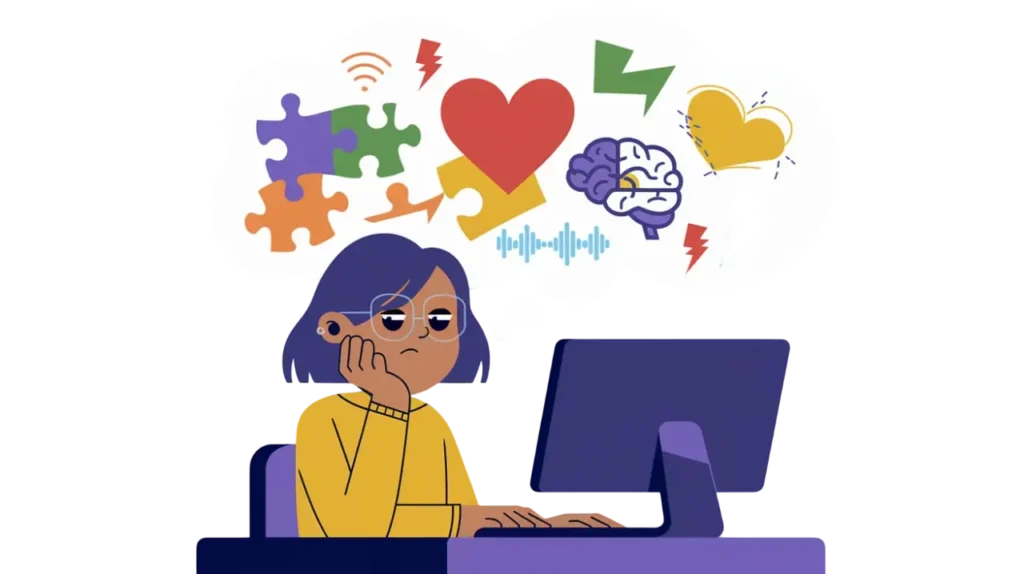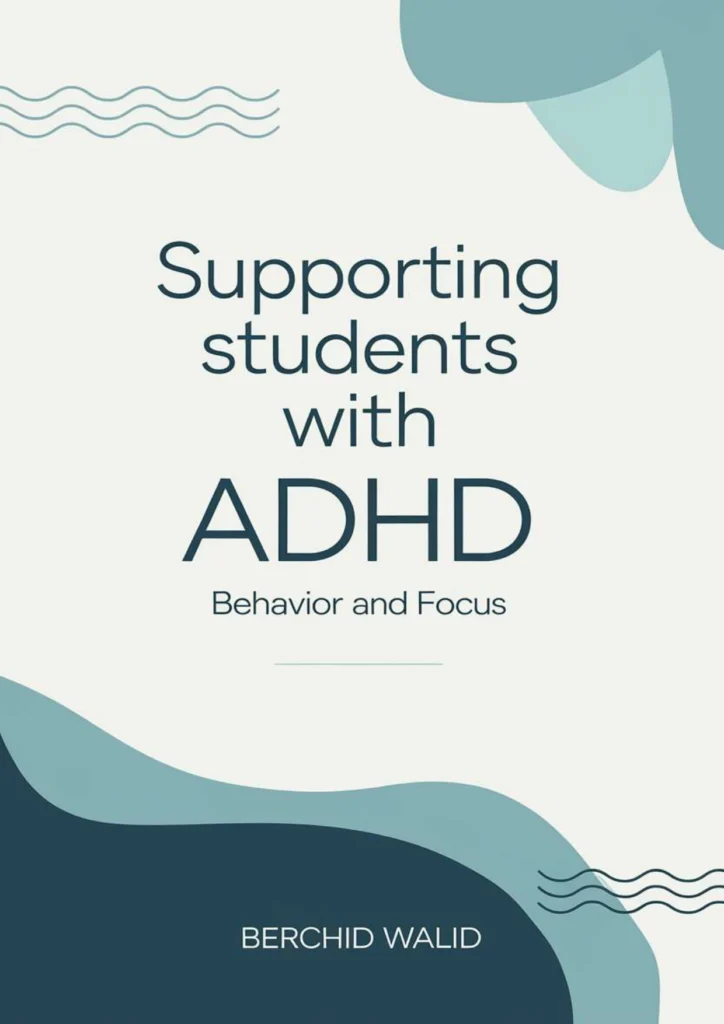Understanding Autism ADHD meltdowns is essential for parents, educators, and caregivers to provide effective support to individuals experiencing these intense reactions. Unlike typical tantrums, meltdowns in individuals with Autism or ADHD are complex responses to sensory overload or overwhelming situations. This comprehensive guide explores the signs of these meltdowns and offers practical strategies for managing them, aiding in more supportive and informed caregiving.

What Does a Meltdown Look Like?
Experiencing Anxiety and Fear: Individuals with Autism or ADHD may experience profound anxiety and fear, leading to panic attacks. This intense emotion can result in a loss of control over their actions, making it extremely challenging to calm down.
Inability to Speak: During a meltdown, the ability to communicate effectively can diminish, leaving the person unable to articulate their thoughts and feelings, further increasing their distress.
Physical Symptoms: Responses can range from pacing and rocking to more extreme behaviors such as hyperventilating or aggressive actions like hitting or throwing objects. Recognizing these signs early can be crucial in managing the situation effectively.
Emotional Outbursts: Expressions of uncontrollable crying, yelling, or anger are common. These are not intentional but are rather involuntary responses to the overwhelming internal pressure they feel.
Deep Dive: Understanding the Triggers
Understanding the triggers that lead to meltdowns is critical. Environmental factors like noisy, crowded spaces can overwhelm someone with sensory sensitivities, leading to a meltdown. Additionally, changes in routine or unexpected events can also be triggering. By identifying these triggers, caregivers can create a more accommodating environment to prevent potential meltdowns.
Strategies to Support During a Meltdown
Stay Calm: Maintaining a calm demeanor is vital. Your composed presence can have a soothing effect. Speak in a gentle, reassuring tone and avoid any abrupt movements or loud sounds.
Create a Safe Space: Try to guide the individual to a less stimulating environment. A quiet, secure space can significantly reduce sensory input and offer a retreat from the overwhelming situation.
Use Clear and Simple Language: Complex sentences can be challenging to process during a meltdown. Opt for short, straightforward instructions or questions.
Respect Personal Space: It’s crucial to give the individual their space. Avoid crowding them; instead, ensure they are safe and let them know you are there to help.
Develop a Meltdown Plan: Having a predefined plan that includes known de-escalation techniques and comforting measures can be invaluable for educators and caregivers alike.
Resources for Further Reading and Support
To further your understanding and find additional support strategies, consider exploring these resources:
- For more insights into behavioral strategies, visit our blog at From Teachers.

- To find resources specifically designed to support students with ADHD, including behavior and focus strategies, check out this helpful guide on Teachers Pay Teachers.



1 Comment